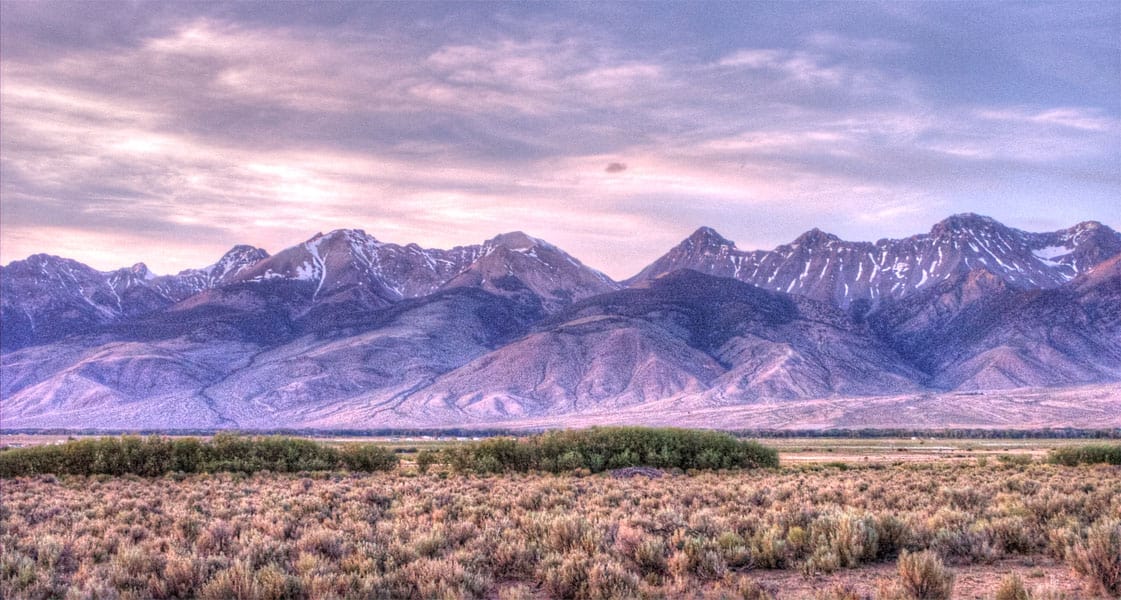Here’s the “other side of the story” from Julie Parrish, a board member of Timber Unity. Matthew posted a link to the Mother Jones story here.
I feel sympathetic, as I’ve worked on FS projects targeted by dark, or at least gray, money groups with associated media campaigns. In addition, the thought of being responsible, in some way. for every comment made on our own site, The Smokey Wire, is a bit scary, or silly, depending on your perspective. As to the policy, as I followed Washington State’s cap’n’trade initiative, I think it’s a no-brainer to return the tax to the people, and not put it in slush funds if you want it to pass. Atmospheric scientist and University of Washington professor Cliff Maas has a good discussion of that here, so it’s not just folks in natural resources who have concerns about that feature of some cap’n’trade bills.
From Julie:
I think the key takeaways are – there are some very powerful special interests out there, and for two legislative sessions in a row, Timber Unity frustrated their purpose of creating a complex wealth transfer scheme whereby every day working Oregonians would be taxed and the money would launder through the state and back into the hands of a few politically-connected organizations who will be the beneficiary of a cap and trade plan that is shrouded in secrecy as the plan disallows public records once enacted. As a former state lawmaker for nearly a decade, I understand well that when groups like this want to discredit a person or a movement, they do so through a carefully coordinated attack that starts with something like this “report” from Oregon Wild, handed to a local outlet, then rolled to a national outlet, to filter back into local social media and news outlets with “outraged” letters to the editors and Facebook posts/ads spread back again by these same groups.
It’s why I put out a forceful statement calling them on their nonsense and setting the record straight.
Timber Unity page and Timber Unity group discussion are two different things entirely. The main page is forward facing where only admins can create posts. In the group, anyone can post and our moderators (who are volunteers) strive to balance out the right to have free speech at the individual member level with the need to keep our page on topic to issues. If people post things that are incongruent with our stated message and community terms of service, their comments are removed, all the way to a member being blocked for violations of those terms of service. We get that people as individuals have other affiliations to groups on any other topic from knitting to other political groups. We have one mission – protect the jobs and rights to economic security for our members.
In another universe, I used to do online community management for a company I owned and here’s what I learned from nearly a decade of managing large forums (one of my communities had over 300,000 active users)….
1.The words of individuals on any topic do not reflect the words of our board. We operate based on the stated mission and that’s our mission, not any other person’s group or personal agenda.
2. Have community rules from the onset so that you have something to point to when you have to modify people’s posts based on inappropriate things they write or share.
3. People are always going to say or post inappropriate things in a group this size. See Bullet Point #1 again, and delete accordingly.
4. In a group this size, unless the community is policing itself, a board of seven members and a handful of volunteer moderators will never catch every little comment.But at the end of the day, there are groups and individuals out there who would love nothing more than to be able to point to an article like the Mother Jones one, and make that a definitive authority for the purpose of being able to say in this election cycle where we have candidates running that the people we’re supporting are racists or bigots or right wing nuts. We actually did endorse some Democratic candidates who sought our endorsement as our group is non-partisan. And the diversity of our board cannot be understated – we seek to be a welcoming group to any person, regardless of their beliefs or other affiliations, who wants to stand up with us to protect jobs and kill bad legislative policies that impact the natural resource economy.
And the dark-money special interests are just really pissed off about it, as are quite a few politicians who couldn’t get their pet project bills passed.
And in a separate note she said:
Timber Unity’s board is made up of a majority of women. It is racially and religiously diverse, and several of us have LGBT family members. And our group is filled with veterans who have fought for the right for all of us to have free speech. Board member Todd Stoffel is one of those veterans who served his country, was disabled for his country, and has borne the brunt of this smear campaign.
No different than how Mother Jones is not responsible for every comment left on their Facebook, neither are we responsible for what every one of the 60,000 group members say. Yet we still try to ruthlessly moderate the group with volunteers, not paid staff, and we rely on the community to report things that violate the terms of service. Moreover, when we see things that are beyond the pale, we have blocked people, and even reached out to the state police for advice. So I reject that these left-leaning hypocrites want to hold us to a standard to which they do not hold themselves. Except that in their case, it’s apparently OK to leave hate filled comments about Republicans, people of faith, and even anti-police/law enforcement rhetoric.
To that end, I called the writer of this story out on that on his own hypocrisy. I also asked him why he spared not one sentence for the fact that Timber Unity has its own plan for carbon reduction. Or mention that the person who made our supposedly offensive rally posters is a Hispanic Jew with an African American daughter. His non-answers prove that wasn’t his agenda. His agenda was to paint the people who grow our food, fish our oceans, log our forests, and haul our goods to market as racist haters.
Here’s a link to a local story on Oregon State legislature deliberations, which apparently were incorporating ideas from Timber Unity. Here’s a story about the Governor’s approach and Timber Unity’s response.


